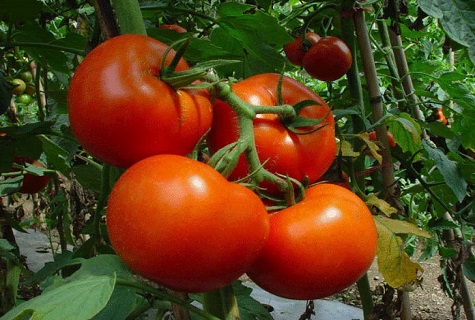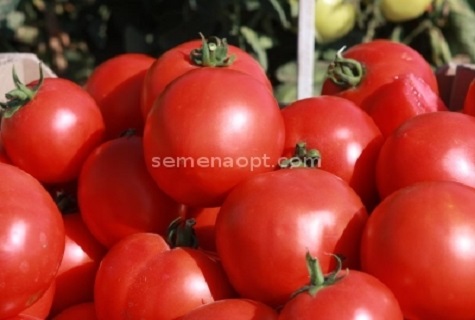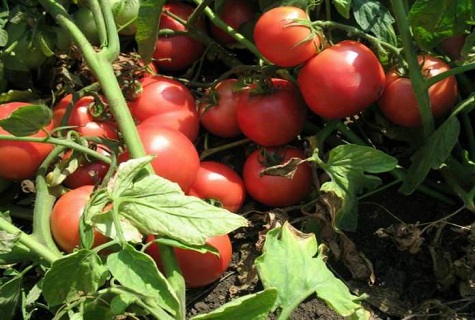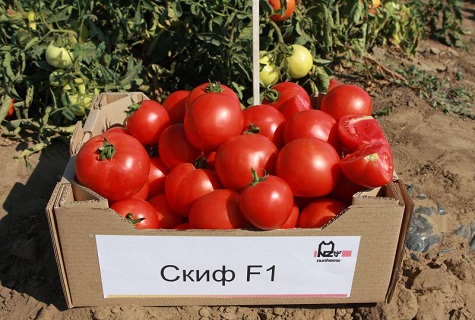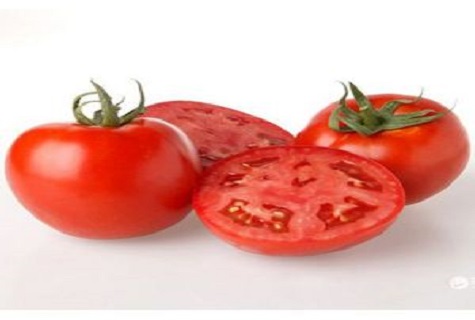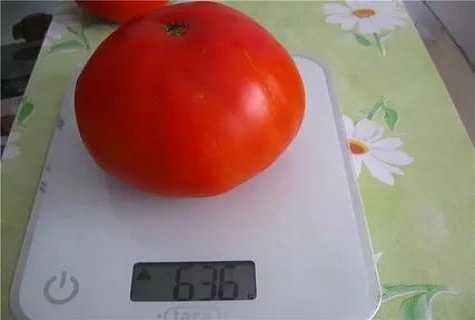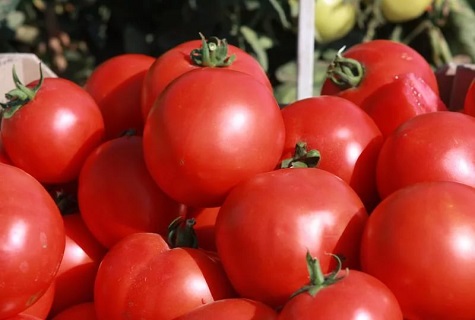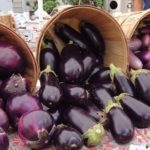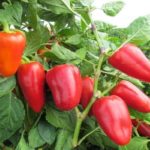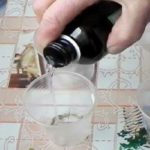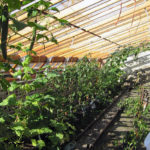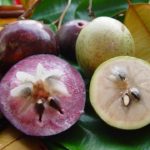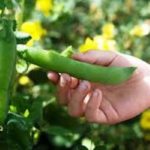How to choose a tomato variety and not make a mistake? The Skif F1 tomato is suitable for growing in both the northern and southern regions of the country. This is an excellent variety with stable yields.
Description of the Skif variety
First of all, it should be noted that the Skif tomato variety belongs to the first generation hybrids. It was bred by Dutch breeders as a hybrid intended for cultivation in open ground and greenhouse conditions. Also, the tomato variety Skif F1 is a hybrid intended for cultivation in the southern regions in open ground. Tomatoes are tall, interdeterminate. The maximum trunk height can be 1.7 meters.
The first inflorescence of the plant is formed above the 5th full leaf. Subsequent ones - at intervals of 1-2 sheets. To obtain maximum yield, it is recommended to form the trunk into 1 or 2 stems. Adult bushes require gartering with trellises, as well as the removal of side shoots. Without these actions, yields may be poor.
The tomato hybrid Skif F1 is a variety with early fruit ripening. The first harvest from the beds can be harvested within 90-103 days after the sprouts appear. One of the main advantages for which those gardeners who planted a hybrid on their plot choose it is its high immunity to tomato diseases such as fusarium wilt, root-knot nematodes and verticillium. Also, bushes rarely suffer from tobacco mosaic virus.
Tomatoes of the Skif F1 variety are characterized by good yield. From one bush you can harvest about 6 kg of vegetables. When growing 9 bushes per square meter, the yield will be from 40 kg of ripe vegetables.
Characteristics of tomato fruits Skif F1
The most important thing that you should study before purchasing seeds of any variety of nightshade crops is the description of the fruit.
Characteristics of tomatoes:
- The fruits are oval-shaped (vegetables on the last clusters may have a small sharp “nose”);
- The tomatoes themselves are dense, the skin and pulp are red in color. Unripe fruits are light green;
- The weight of one mature vegetable can be from 155 to 250 g;
- The tomatoes taste sweet, juicy, the flesh is fleshy;
- Intended for fresh consumption. Also great for pickling. Due to the dense skin, the fruits do not crack and retain their appearance.
- Vegetables tolerate transportation well and are suitable for sale.
Description of advantages and disadvantages
Feedback from those farmers who grew the hybrid in their summer cottages is mostly positive.
Advantages:
- Plants tolerate hot, dry weather well;
- Stable tomato yield throughout the entire fruiting period:
- High taste qualities of fruits;
- Universal use (especially suitable for whole canning);
- Not susceptible to the development of most diseases of nightshade crops;
- Vegetables have an attractive presentation and are suitable for commercial purposes.
Tomato has no significant disadvantages. The only disadvantage of cultivating this variety is the need to tie up the trunks and remove side shoots.
How to grow seedlings correctly
Properly growing and planting seedlings is the most important thing to remember when growing not only nightshade crops, but also any other vegetables and fruits.
I grew seedlings at home as follows:
- After purchase, the seeds can be checked for quality. To do this, you need to prepare a saline solution and place planting material in it. You can only plant seeds that have fallen to the bottom.
- The soil for planting can be prepared in advance, or you can buy a ready-made mixture for vegetables in the store.
- You can sow seeds in mid-March.
- Place small stones or pebbles at the bottom of the box, then add soil and water.
- Make furrows to a depth of 2 cm and plant the seeds. Cover them with cling film and put them in a dark place.
- After the sprouts appear, the film is removed and the containers are placed on southern or eastern windows.
- After full-fledged leaves appear, the seedlings are planted in separate pots. For this purpose, you can use ordinary plastic or peat cups.In peat cups, seedlings can be planted in open ground.
Depending on what kind of spring it was, choose the time to plant the seedlings in a permanent place. Usually this is the end of May - beginning of June.
You can prepare the soil for planting tomatoes in the fall, immediately after the entire harvest has been harvested. Many insects hide in the soil for the winter, so you need to dig it up and water it with a solution of potassium permanganate. In the spring, the soil is dug up again and fertilizers are applied. Where tomatoes will grow in the future, you can plant greens or onions.
I planted the seedlings in a permanent place as follows:
- Clear the soil of weeds, dig it up and water it with a solution of potassium permanganate.
- Then mix it with manure or humus. Make holes with a diameter of 30. The distance between the holes should be at least 50 cm.
- Plant seedlings (tomato stems can only be deeply buried if they have been “sitting” at home for a long time and have “stretched out” too much).
- Compact the soil around the stem and water generously with warm water.
- At night, the beds can be covered with warm material.
When there is no frost at night and the bushes have grown stronger in their new location, you can stop covering them.

